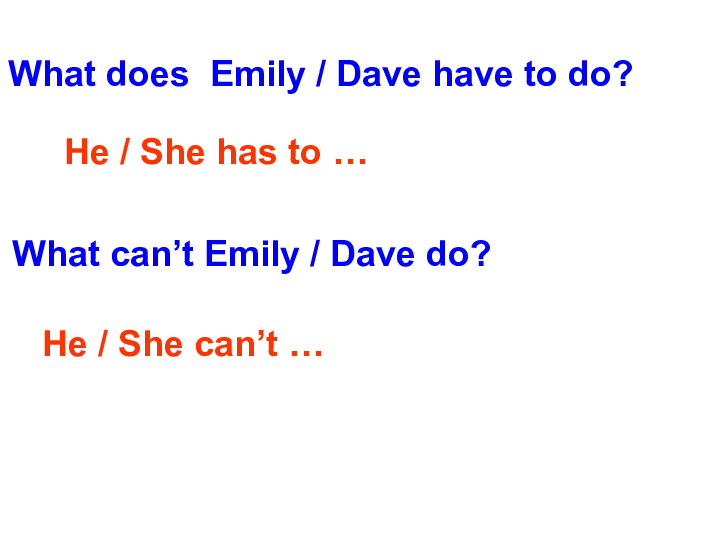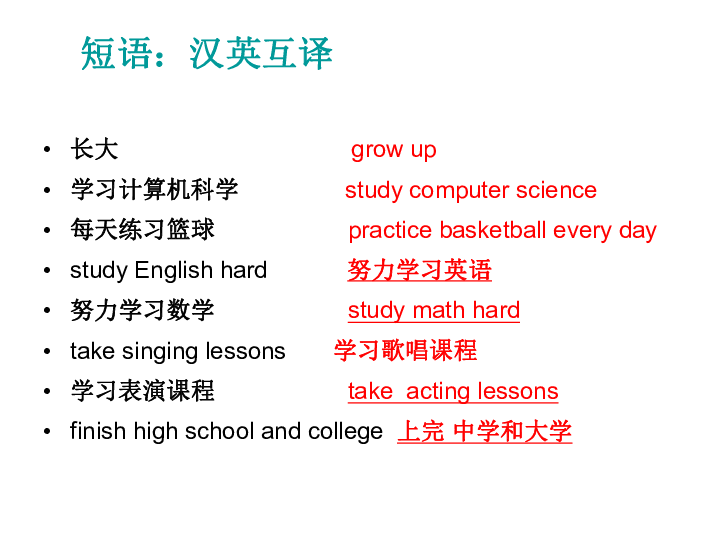Effective Strategies on How to Forgive My Student Loans: A Comprehensive Guide
Guide or Summary:Understanding Student Loan ForgivenessTypes of Student Loan Forgiveness ProgramsEligibility Criteria for ForgivenessSteps to Apply for Stud……
Guide or Summary:
- Understanding Student Loan Forgiveness
- Types of Student Loan Forgiveness Programs
- Eligibility Criteria for Forgiveness
- Steps to Apply for Student Loan Forgiveness
- Common Challenges in the Forgiveness Process
- Alternatives to Loan Forgiveness
- Conclusion: Taking Control of Your Student Loans
#### Translation of "how to forgive my student loans":
如何宽恕我的学生贷款
---

Understanding Student Loan Forgiveness
Student loan forgiveness is a crucial topic for many graduates burdened by debt. As the cost of higher education continues to rise, an increasing number of students are seeking ways to alleviate their financial obligations. Understanding how to forgive my student loans is essential for anyone looking to manage their debt effectively. Loan forgiveness programs can offer significant relief, but they often come with specific eligibility requirements and guidelines.
Types of Student Loan Forgiveness Programs
There are various types of student loan forgiveness programs available. The most common include Public Service Loan Forgiveness (PSLF), Teacher Loan Forgiveness, and income-driven repayment plan forgiveness. Each program has its criteria, such as working in a qualifying public service job or making a certain number of payments under an income-driven repayment plan. Researching these options is a vital step in understanding how to forgive my student loans.
Eligibility Criteria for Forgiveness
To take advantage of student loan forgiveness, borrowers must meet specific eligibility criteria. For instance, PSLF requires borrowers to work full-time for a qualifying employer while making 120 qualifying payments. On the other hand, Teacher Loan Forgiveness is aimed at educators who teach in low-income schools for five consecutive years. It’s important to carefully review the requirements of each program to determine which one aligns with your situation.

Steps to Apply for Student Loan Forgiveness
Once you identify a suitable forgiveness program, the next step is to apply. This typically involves completing an application form and providing documentation to prove your eligibility. For PSLF, you must submit the Employment Certification Form annually to ensure your qualifying payments are counted. Being organized and proactive in your application process can significantly increase your chances of successfully forgiving your loans.
Common Challenges in the Forgiveness Process
Navigating the student loan forgiveness process can be challenging. Many borrowers encounter issues such as miscommunication with loan servicers or misunderstanding eligibility requirements. It’s essential to stay informed and keep detailed records of your payments and communications with your loan servicer. If you face difficulties, consider seeking assistance from a financial advisor or a non-profit credit counseling service.
Alternatives to Loan Forgiveness
While student loan forgiveness is a desirable outcome, it’s not the only option available for managing student debt. Alternative strategies include refinancing your loans for lower interest rates, enrolling in an income-driven repayment plan, or even pursuing deferment or forbearance if you're temporarily unable to make payments. Each of these alternatives has its pros and cons, so carefully consider which option best suits your financial situation.

Conclusion: Taking Control of Your Student Loans
In conclusion, learning how to forgive my student loans is an empowering journey that requires research, organization, and persistence. By understanding the available forgiveness programs, meeting the eligibility criteria, and navigating the application process, borrowers can take significant steps toward financial freedom. Remember that you are not alone in this process; numerous resources and support systems are available to help you manage your student loans effectively. Whether you pursue forgiveness or explore alternative repayment options, taking control of your student loans is a crucial step toward achieving your financial goals.